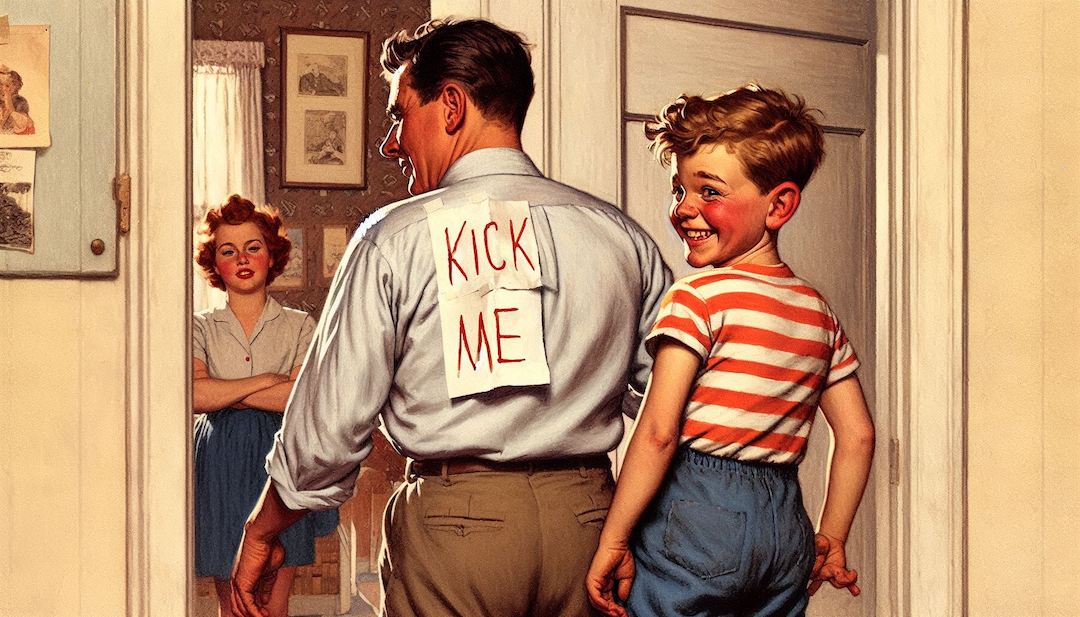
April Fools’ Day, celebrated on the first day of April, is a cultural phenomenon marked by light-hearted mischief, clever pranks, and playful hoaxes. The day has evolved over centuries into a tradition embraced by many countries around the world, creating a unique blend of historical intrigue and modern-day entertainment.
Origins and Evolution
The precise origins of April Fools’ Day remain a topic of debate among historians. One popular theory traces the practice back to the 16th century, when the adoption of the Gregorian calendar shifted New Year’s Day from the end of March to January 1st. Those who continued celebrating the old New Year were mockingly dubbed “April fools.” Other theories suggest the influence of ancient Roman festivals such as Hilaria, where people disguised themselves and mocked fellow citizens and even magistrates. Whether born out of calendar confusion or rooted in ancient rituals of inversion, the day has long symbolized a time to question norms and embrace harmless deception.
Global Adoption and Cultural Variations
April Fools’ Day is not confined to a single region; its spirit of playful trickery resonates worldwide. In the United Kingdom, Ireland, Australia, and Canada, as well as in several European nations, friends, family, and even media outlets participate by sharing jokes and fabrications. In France and Italy, however, the day is often referred to as “Poisson d’Avril” (April Fish), with the tradition of sticking paper fish on unsuspecting individuals serving as a quirky hallmark of the celebration. Despite regional differences, the underlying theme is universally understood—a call to celebrate humor and the unexpected.
Modern Traditions and Pranks in the United States
In the United States, April Fools’ Day has become a cherished event characterized by inventive pranks that range from the delightfully silly to the mind-bendingly clever. Common antics include switching salt with sugar, placing fake insects in unexpected places, or devising elaborate digital hoaxes that spread quickly on social media. Businesses and major corporations have also joined in on the fun; notable examples include Burger King’s announcement of a “Left-Handed Whopper” and Google’s history of launching creative, fictitious products that engage users worldwide. These pranks are designed to provoke laughter rather than harm, although they occasionally blur the line between humor and confusion.
Notable Pranks: When Laughter Teeters on Chaos
Over the years, some April Fools’ pranks have left a significant mark on history, demonstrating both the charm and potential pitfalls of such humor. The British Broadcasting Corporation’s 1957 “Spaghetti Tree Hoax” remains one of the best-known examples. The broadcast featured a segment showing Swiss farmers harvesting spaghetti from trees—a fantastical notion that captivated viewers and led many to inquire about the possibility of growing their own pasta. This prank is celebrated for its creativity and the infectious joy it spread, epitomizing the light-hearted nature of the day.
Conversely, there have been instances when April Fools’ mischief veered towards creating social disturbances. In some cases, false reports or misleading announcements have incited temporary panic or confusion among the public. For example, certain pranks have triggered unnecessary alarm by mimicking emergency alerts or fabricating news stories that disrupt social order. While such incidents are less common, they serve as a reminder that the balance between humor and responsible communication is delicate, and that pranks should always strive to entertain without inflicting harm or fear.
April Fools’ Day continues to evolve, reflecting both the timeless human love for a good laugh and the shifting landscapes of communication in the digital age. Its origins may be shrouded in mystery, yet its spirit is unmistakable—a day dedicated to creativity, wit, and the joy of turning the mundane into the extraordinary. As long as laughter is shared and boundaries are respected, April Fools’ Day will remain a cherished occasion, inviting people across cultures to embrace the unexpected and celebrate the art of playful deception.
-Lê Nguyễn Thanh Phương-
